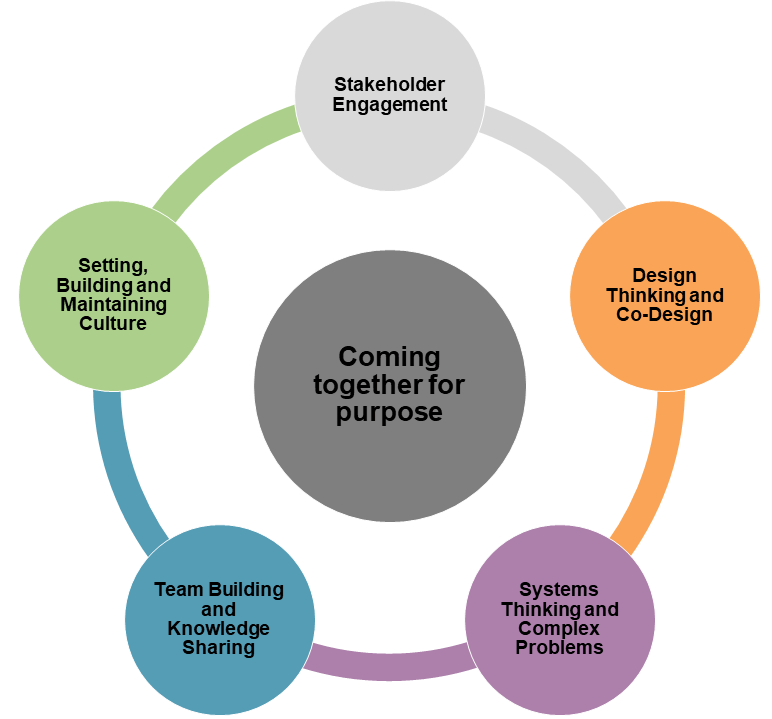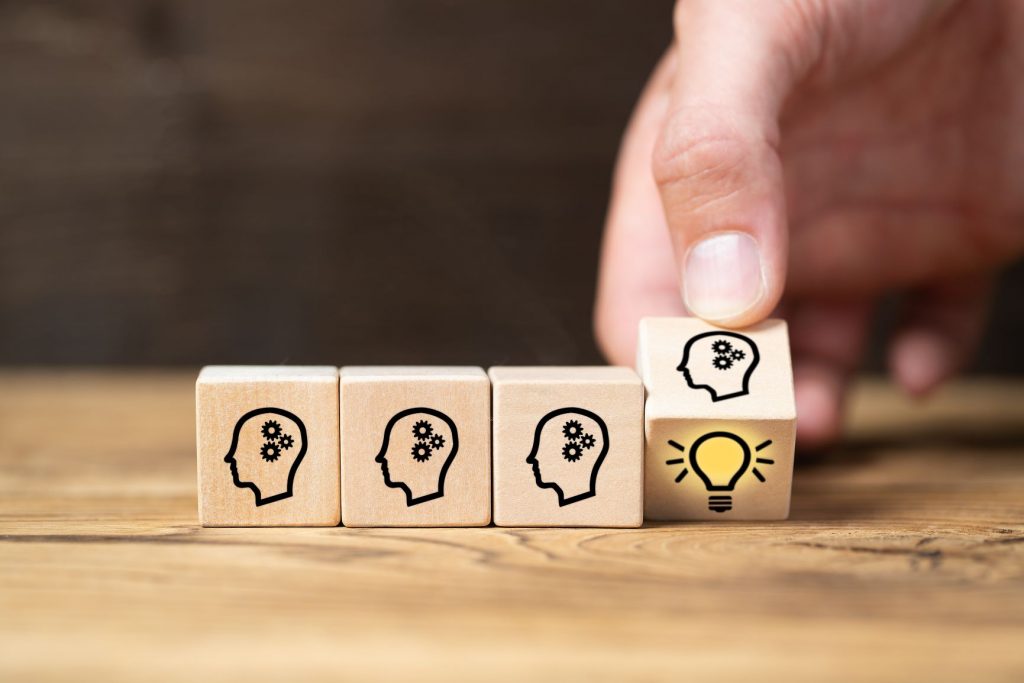Understanding the role of physical workspaces in the wake of a flexible and remote workforce
For those of us who predominantly work from an office, we have found an abundance of new ways to connect in a virtual work world that was thrust upon us due to a global pandemic, COVID-19 – in some cases, we are connecting more than ever before (think about all those online meetings!).
Much of this has been a positive and productive experience. At Astrolabe our digital morning stand-up has allowed us to know more about the nuances of people’s work projects as well as their interests, daily routines and home life than we ever did before. It has brought much joy to our workplace!

One of our first morning stand-ups – a happy team!
On the other hand, there is also a dehumanisation of workers. Digital engagement lends itself so well to task-orientated and independent roles that it is the human and personable element that gets lost in the process.
The UK Design Council has been tracking the outcomes of remote work and found that there are some behaviours that work better in person – in particular, tasks requiring creativity and social interaction.
As strict social distancing requirements are lifting, the time is now to capture the beneficial digital practices that were forced on us all through social isolation and consider how to blend them with meaningful physical work activity.
The future of face-to-face work is coming together for purpose
When we come together it needs to be with meaning and purpose. To share ideas, have tough conversations, explore complex problems or engage in strategy and visioning. Collaboration should include components of face-to-face interactions when the creative and social are needed to elevate the output.

Coming together for purpose: tasks improved by face-to-face interactions.
Some examples where face-to-face interaction should be considered (where practical) as part of your overall approach include:
- Stakeholder engagement
- Design thinking and co-design
- Systems thinking and complex problems
- Team building and knowledge sharing
- Setting, building and maintaining culture
These last few months have shown us that almost anything can be achieved in the workplace while operating from a network of home offices.
Our team by and large have not missed the commute, or staff kitchen politics. Yet we have missed those incidental conversations, opportunities for informal feedback, and being able to engage with more than just heads on a screen to explore, imagine and create.
Going forward there needs to be a blend of digital and physical work practices. Being together should no longer be about occupying a desk next to someone each day. We need to maintain the digital practices that have kept our workplaces productive, stimulating and enjoyable, while cultivating those moments when we need to come together with a clear purpose, where we will get a better outcome by being physically together.
So, how is your workplace imagining the future of work?
Belinda Comninos is the CEO at Astrolabe Group. From March 2021, she has led her team to remote working, supported home learning for two children and took on a remote university intern so she could keep her graduation on track. She is now turning her focus to support a future of flexible work arrangements for her team.
